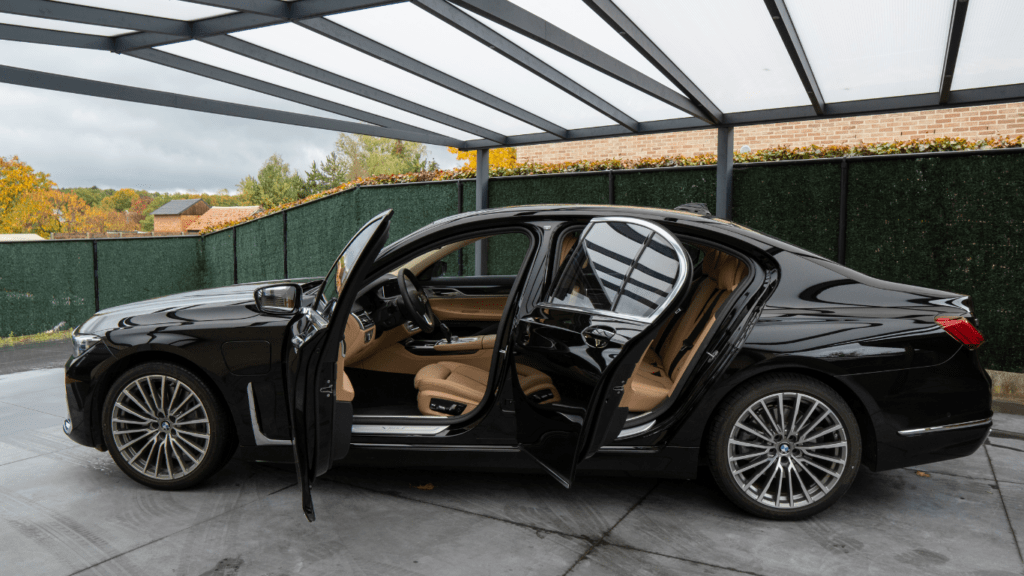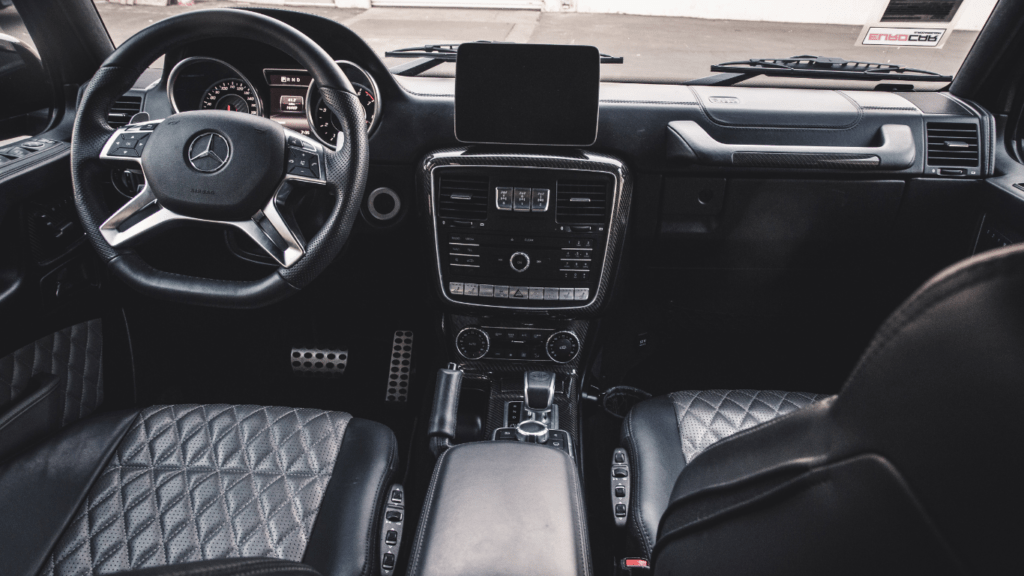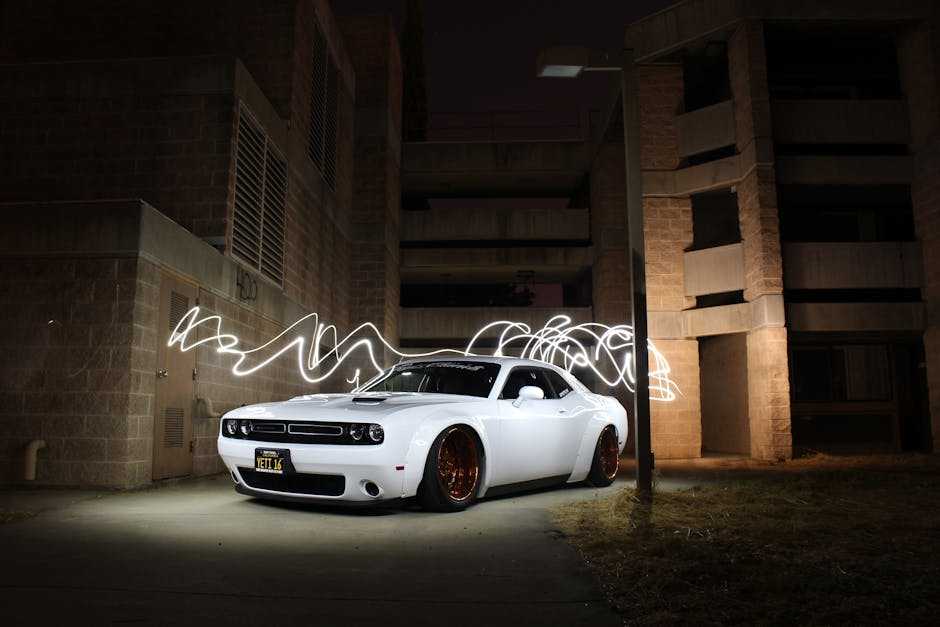Understanding Digital Connectivity in Modern Luxury Cars
Digital connectivity in luxury cars redefines the driving experience, merging convenience, safety, and entertainment. Infotainment systems, equipped with large touchscreen interfaces, offer intuitive controls for navigation, media, and vehicle settings. Apple CarPlay and Android Auto provide seamless smartphone integration, allowing drivers to use their favorite apps, make hands-free calls, and access real-time traffic updates.
Advanced connectivity features enhance safety. Vehicles can communicate with each other and traffic management systems, receiving updates about road conditions, accidents, and traffic jams. In emergencies, automatic crash notifications and emergency call systems activate, ensuring timely assistance.
Luxury cars leverage connectivity for vehicle diagnostics and remote control. Owners can monitor vehicle health, schedule maintenance, and even start the engine or adjust climate settings through smartphone apps. Over-the-air (OTA) software updates keep the car’s systems current, adding new features and fixing issues without a visit to the dealership.
In-car digital assistants use voice recognition to perform tasks like:
- setting reminders
- sending messages
- controlling smart home devices
- creating a truly integrated lifestyle.
High-speed internet access, through built-in Wi-Fi hotspots, ensures passengers stay connected, stream media, and work on the go. And whether you’re planning an event or need something quick and personal, you can even create a card to print in no time directly from your mobile device, illustrating the seamless blending of digital tools in daily life.
All these digital connectivity features combine to offer a personalized and immersive driving experience, vital to modern luxury cars.
Key Features of Digital Connectivity

Digital connectivity in modern luxury cars significantly enhances convenience, safety, and entertainment.
Infotainment Systems
The latest infotainment systems feature high-resolution touchscreens. They offer controls for media, navigation, and car settings. Audi’s MMI and BMW’s iDrive are prime examples, providing an intuitive user interface. Voice recognition and gesture controls add ease of use, ensuring a safer, hands-free experience.
Advanced Navigation
Advanced navigation systems use real-time data to improve route planning. They receive live traffic updates and suggest alternate routes. Mercedes-Benz’s COMAND system and Tesla’s Autopilot excel in this domain. These systems incorporate augmented reality overlays, making directions clearer.
Smartphone Integration
Seamless smartphone integration is a hallmark of modern luxury cars. Apple CarPlay and Android Auto allow drivers to access phone apps safely. This feature supports hands-free calls, messaging, and music streaming. Tesla offers a proprietary app for vehicle functions, enhancing control and connectivity.
Digital connectivity redefines the luxury car experience, merging convenience, safety, and entertainment in innovative ways.
Safety Enhancements through Connectivity
Digital connectivity is crucial in modern luxury cars, offering significant safety enhancements through real-time data and advanced communication systems.
Real-time Traffic Updates
Luxury cars utilize real-time traffic updates to improve safety. Systems like Audi’s MMI and BMW’s iDrive provide updated traffic conditions to avoid congested areas and reduce accident risks. These systems use data from GPS, satellite radio, and other connected vehicles. By rerouting drivers away from traffic jams and construction zones, safety is increased by minimizing the chances of rear-end collisions and sudden braking.
Emergency Assistance
- Emergency assistance is another vital safety feature enabled by connectivity.
- Modern luxury cars, like those with Mercedes-Benz’s mbrace or BMW’s ConnectedDrive, automatically contact emergency services during a crash.
- These systems use sensors to detect accidents and immediately relay location data to first responders.
- Some cars offer SOS buttons for manual emergency calls, ensuring help is always a button press away.
- This rapid response capability can be life-saving, reducing response times and providing critical support promptly.
The Impact on Driving Experience
Digital connectivity significantly transforms the driving experience. Balancing advanced technology with comfort and personalization defines modern luxury cars.
Enhanced Comfort and Convenience
Luxury cars offer enhanced comfort through advanced climate control systems that adjust based on exterior conditions and cabin occupancy. I can control these settings via touchscreen or voice commands, making adjustments seamless and distraction-free. Ventilated seats with massage functions add to the comfort, contributing to a more relaxing drive, especially on long journeys. Additionally, intuitive infotainment systems integrate navigation, media, and real-time traffic updates, ensuring I never miss a beat whether commuting or traveling.
Personalized Driving Settings
Modern luxury cars provide personalized driving settings tailored to individual preferences. I can save my preferred seat position, mirror adjustments, and steering wheel settings in the vehicle’s memory, ensuring comfort during every drive. Adaptive suspension systems, found in models like the BMW 7 Series and Mercedes-Benz S-Class, adapt to my driving style and road conditions, enhancing handling and ride quality. Driver profiles store my preferences for ambient lighting, climate settings, and audio configurations, creating a uniquely tailored driving environment.
Future Trends in Digital Connectivity
Digital connectivity in luxury cars is evolving rapidly, shaping the future of the automotive industry. Key trends include autonomous driving and vehicle-to-vehicle communication.
Autonomous Driving
Autonomous driving technology uses digital connectivity to enhance safety and convenience. Advanced driver-assistance systems (ADAS), available in cars like Tesla’s Autopilot and Audi’s Traffic Jam Pilot, utilize a network of sensors, cameras, and radars to enable semi-autonomous driving. These systems can adjust speed, steer, and brake autonomously under certain conditions.
Fully autonomous cars also leverage 5G connectivity for real-time data exchange with other vehicles, traffic signals, and road infrastructure. This high-speed communication supports better decision-making and improves overall safety by reducing human errors.
Vehicle-to-Vehicle Communication
Vehicle-to-vehicle (V2V) communication enables cars to share critical information and improve overall traffic flow. Mercedes-Benz and Cadillac have integrated V2V systems that send data about road conditions, speed, and sudden braking to nearby vehicles, providing drivers with advanced warnings.
This information exchange allows for quicker responses to potential hazards, significantly reducing accident risks. Also, V2V technology can optimize traffic management by dynamically adjusting vehicle routes, decreasing congestion. Future implementations might include blockchain for secure data exchanges, ensuring the integrity and privacy of shared information.



 Editorial Director
Editorial Director
